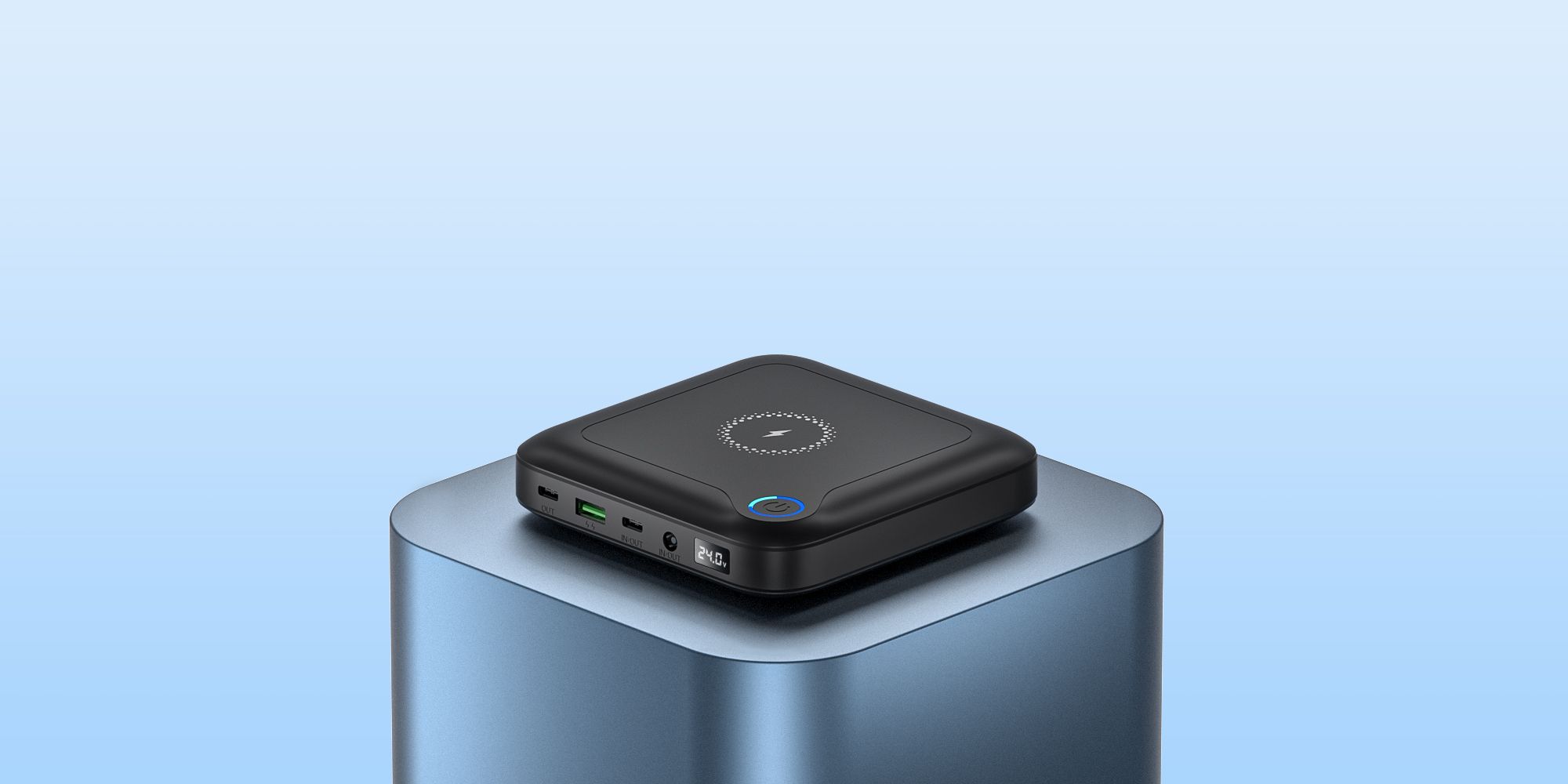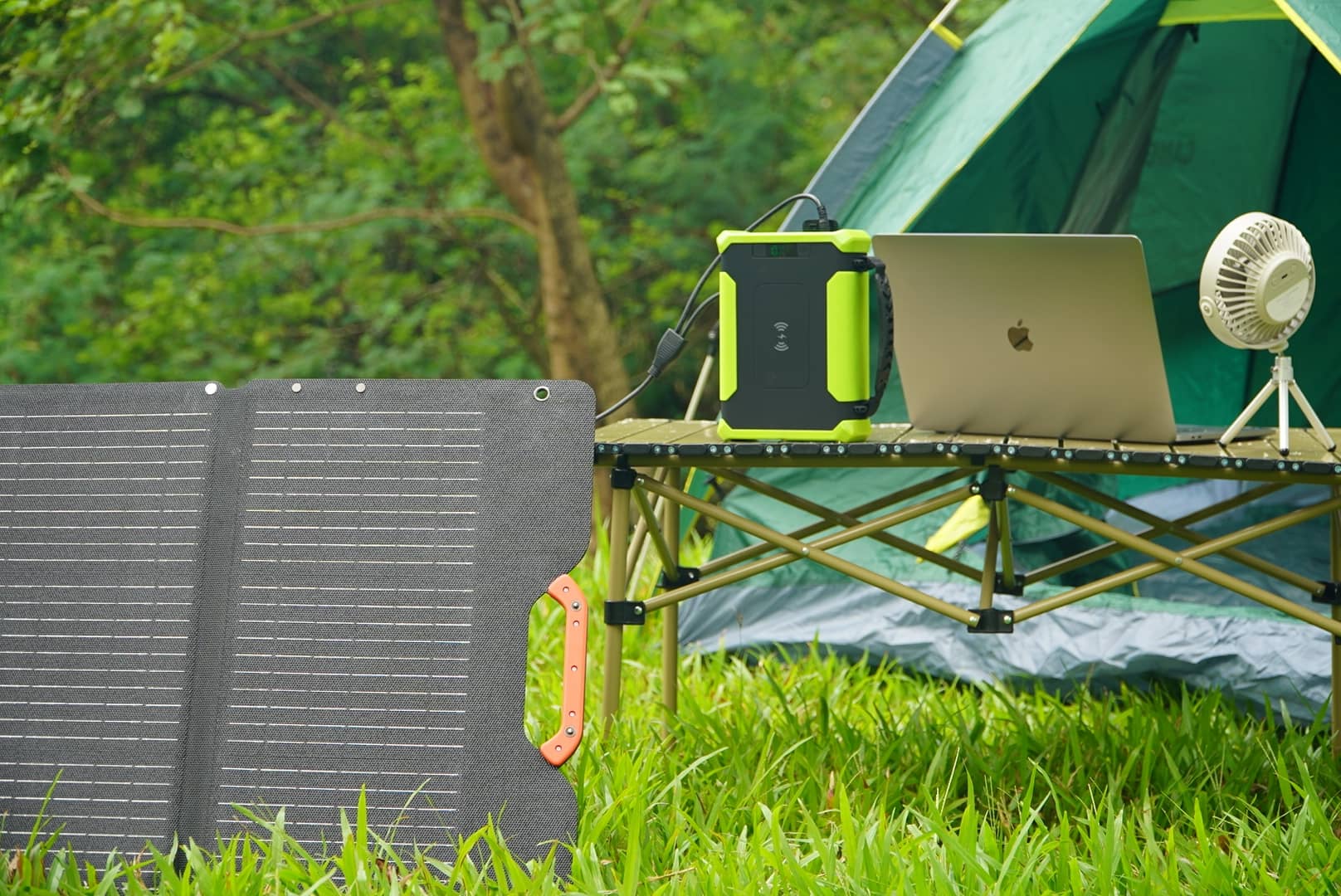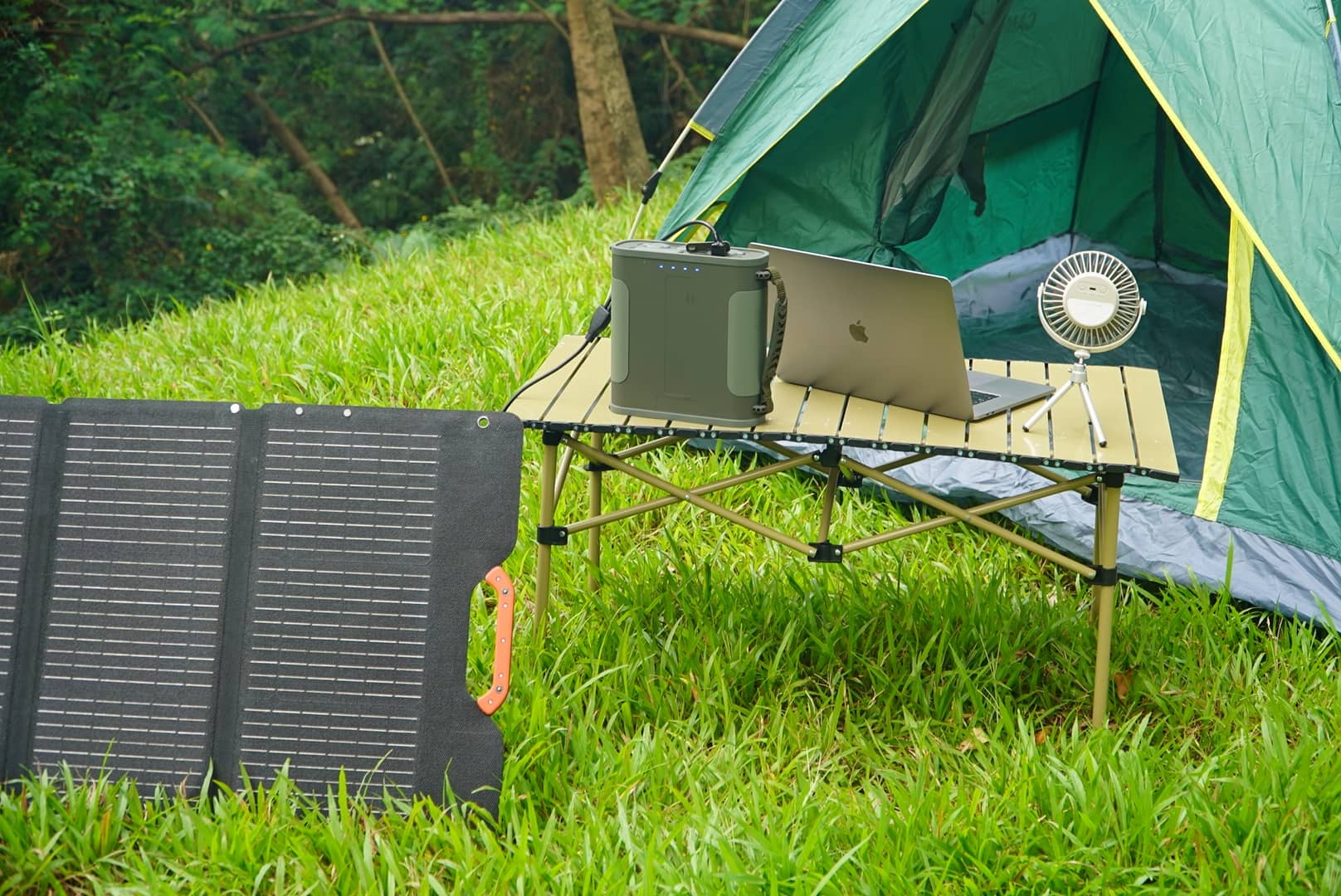Table of Contents
For millions of people who rely on CPAP machines to treat sleep apnea, uninterrupted power is essential. A sudden power outage, camping trip, or overnight travel can quickly turn into a stressful situation if your CPAP machine loses power. This is why having a reliable CPAP battery backup has become a must-have — not only for convenience, but for health and safety.
In this comprehensive guide, we’ll break down everything you need to know about choosing the best portable power for your CPAP machine, including power requirements, battery types, runtime expectations, and why many CPAP users prefer DC-capable portable power packs.
Why CPAP Users Need a Reliable Battery Backup
CPAP machines are not optional equipment — for many users, they are essential for safe, restful sleep. Power interruptions can cause:
Sleep disruption
Low oxygen levels
Loud snoring or choking episodes
Increased stress
Safety risks during travel or camping
Situations where a CPAP battery backup becomes essential:
Home power outages
Camping or RV travel
Overnight flights or hotel stays
Off-grid work trips
Emergency preparedness kits
Having a portable power option ensures your therapy remains uninterrupted anywhere.
Understanding CPAP Power Requirements
To choose the right battery, you must understand how much energy your CPAP machine actually needs.
2.1 Voltage and wattage requirements
Most CPAP machines operate on:
12V DC (common for Philips, Z2, Transcend)
24V DC (common for ResMed AirSense series)
Power consumption varies depending on:
Whether you use a humidifier
Whether you use a heated hose
Pressure settings and airflow demand
Typical power consumption:
Without humidifier: 25–40W
With humidifier: 50–80W
This difference dramatically affects runtime.
Types of CPAP Battery Backup Options
3.1 AC Power Stations
These devices include an AC inverter, allowing you to plug your CPAP’s original AC adapter directly into the power station.
Pros:
Universal compatibility
Easy plug-and-play
Cons:
Less efficient due to DC→AC conversion
Larger and heavier
3.2 12V/24V DC Power Packs (Most Efficient Option)
DC output is the best and most efficient choice because it eliminates unnecessary energy conversion.
Benefits:
Longer runtime
Smaller size
Safer for bedside use
More efficient use of stored energy
3.3 CPAP Manufacturer-Specific Batteries
Brands like ResMed and Philips offer their own battery modules.
Limitations:
Extremely expensive
Usually low capacity (one night only)
Hard to use with other devices
Key Features to Look for in a Portable CPAP Power Source
4.1 Battery Chemistry: LiFePO₄ vs Li-ion
LiFePO₄ batteries are the new standard for medical-grade portable power:
4× longer cycle life
More thermally stable
Safer for indoor or bedside use
Better performance in hot or cold environments
This is why more CPAP users are switching to LiFePO₄-based power packs.
4.2 Capacity (Wh): How Much Do You Really Need?
Battery capacity is measured in Watt-hours (Wh).
Most users aim for:
1 night of CPAP use: 200–300Wh
Multi-night or camping: 400Wh+
Weekend off-grid: 500–700Wh
Higher capacity = more hours of sleep without recharging.
4.3 Output Ports You Must Have (Updated Based on Your Product Testing)
12V DC Output
Best for 12V appliances like car fridges, inflators, lanterns, and 12V ovens.
Also used by some CPAP models that operate on 12V, with the correct cable.
Efficient and stable for direct DC devices.
24V DC Output (Required for Certain CPAP Machines)
Some CPAP brands, especially ResMed AirSense series, require 24V.
Merpower power banks that offer regulated 24V DC output can power these CPAP machines when used with the appropriate CPAP adapter cable.
Custom CPAP Adapter Cables
Your company can supply custom CPAP cables designed to connect a Merpower unit’s 24V DC output directly to CPAP machines safely.
This is the correct and recommended method — not the cigar-lighter port.
Cigar-Lighter (12V) Socket — For 12V Appliances, NOT CPAP
This port is ideal for:
12V mini-fridge
12V air pump
12V portable oven
12V camping gear
USB-C PD / USB-A Ports
Useful for:
Phones
Tablets
USB-powered accessories
Travel CPAP accessories
4.4 Safety Features
Look for:
Overcharge/overheat protection
Short-circuit protection
Stable regulated DC output
UN38.3 + CE + FCC certifications
Safe LiFePO₄ chemistry
How to Calculate CPAP Runtime
Use this formula:
Runtime (hours) = Battery Wh ÷ CPAP Watts
Example:
A 400Wh power bank running a 40W CPAP ≈ 10 hours
With humidifier on (70W):
400Wh ÷ 70W ≈ 5.7 hours
Using humidifiers significantly reduces runtime — most campers turn the humidifier off.
Why the Merpower GP Series Is Ideal for CPAP Users
The Merpower GP Series (GP35 / GP40 / GP50) is engineered with outdoor and medical device compatibility in mind.
Key Advantages
6.1 24V DC Output for CPAP
Merpower units offering 24V DC output can power CPAP machines that require 24V using the correct adapter cable.
6.2 Custom CPAP Adapter Cables Available
Merpower can provide CPAP power cables that match the voltage and connector specifications of certain brands (such as ResMed).
This ensures safe, stable, and long-term CPAP compatibility.
6.3 LiFePO₄ Battery for Safety
No thermal runaway
Longer lifespan (2000+ cycles)
Sleep-safe and stable
6.4 Large Capacity for Overnight or Multi-Night Use
GP-series power stations come in sizes from 200Wh to over 450Wh, allowing users to sleep peacefully even during multi-night camping trips or long blackouts.
6.5 MPPT Solar Charging Capability
Perfect for RV, vanlife, and long off-grid stays.
6.6 Completely Silent
No fumes, no noise — ideal for sleeping environments.
CPAP Device Compatibility (General Guide)
7.1 ResMed AirSense / AirCurve
Requires 24V DC
Works with Merpower when using the correct custom adapter cable
7.2 ResMed AirMini
24V with dedicated converter
Compatible via Merpower with approved cable
7.3 Philips DreamStation
12V DC
Works efficiently using a DC cable
7.4 Transcend / Z2 Travel CPAP
Often USB-powered or low-watt
Long runtimes on Merpower units
Always confirm voltage and connector type.
Safety Tips for CPAP Battery Use
Use the correct, certified CPAP adapter cable
Match voltage exactly (12V or 24V)
Charge the power bank fully before use
Turn humidifier off for longer runtime
Do not use unregulated or cheap adapters
Store battery in a cool, dry place
Best Setups for Different Scenarios
9.1 Camping with CPAP
Use DC output + custom cable for maximum efficiency.
9.2 Emergency Power Outages
Keep one fully charged Merpower GP50 as a home backup.
9.3 RV / Vanlife
Pair Merpower power bank with 100W–200W solar panel.
9.4 Air Travel
Use smaller <100Wh units (AirSense machines must be checked for AC use).
Conclusion
A reliable CPAP battery backup is more than a convenience — it’s essential for continuous, safe therapy whether you are at home, on the road, or outdoors.
When choosing portable power for your CPAP machine, prioritize:
Correct DC voltage (12V or 24V)
Official or custom CPAP cables
LiFePO₄ safety
Capacity (Wh) suitable for your sleep duration
The Merpower GP Series, with its stable DC outputs, long-life LiFePO₄ cells, and custom CPAP cable support, offers one of the safest and most efficient CPAP power solutions available today.
Sleep well — anywhere.









